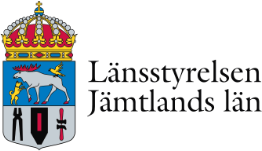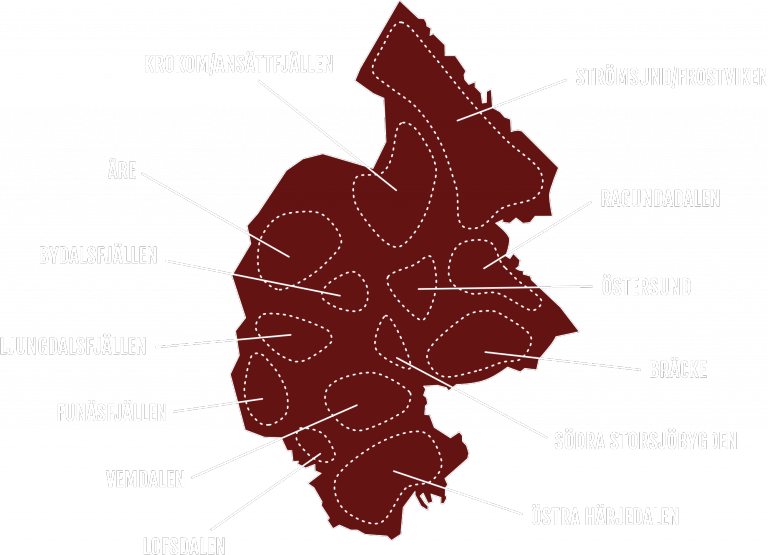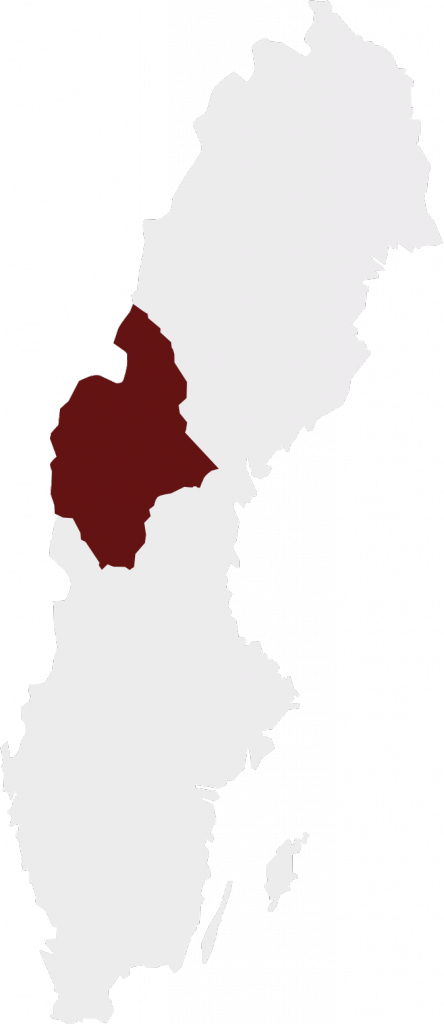
“Togetherness” is a word that defines Jämtland Härjedalen. It describes the work and ambitions of the organisation Jämtland Härjedalen Tourism, JHT, as well as their primary partners and owners.
About us
Jämtland Härjedalen Tourism (JHT) is a Cooperative Society established in 1995. It is the professional business platform developing and creating opportunities for the tourism industry in Jämtland Härjedalen. JHT is owned by, and cooperates with, the destinations in the county, tourism companies, representatives of the public sector, stakeholder organisations etc.
In Jämtland Härjedalen, the natural environment of the forests, mountains and streams are the primary ingredients. These ingredients work well together with our cultural history and traditional food production added with astute investments and renowned hospitality.
Tourism is our core industry in this part of Sweden. An industry that is of greater importance with regards to employment and growth than in many other regions of Sweden. Large investments and major players, along with a tradition of small businesses and entrepreneurship has led to a strong enterprise base in tourism and events. Being a core industry, the Regional Development Strategy, is being developed accordingly.
Sweden is at the cutting edge when it comes to responsible and sustainable development in the tourism industry. This comes naturally for people living in a relatively sparsely populated country and having a tradition of familiarity to nature and the surrounding environment.
CREW
Teres Gärdin CEO | +46(0)70 – 309 17 89
Ann-Margret Emilsson Financial Accountant | +46(0)70 – 580 78 50
Anne Adsten Tourism Developer | +46(0)70 – 327 39 09
Andreas Edholm Tourism Developer | +46 (0)70-209 02 31
Johan Ericson Project Leader | +46 (0)70-280 26 22
Pauline Pedersen Lundh CoWorker Projects | +46(0)70 – 252 36 13
Jonas Herjeby Project Leader | +46(0)70 – 554 57 51
Mia Wictor Lunde Project Leader | +46(0)72 – 214 36 56
Moa Eriksson Project Leader | +46(0)70 – 338 67 77
Business Concept

Strategy & Process
Initiate and and push forward, according to common tourism interests for the region, in long term strategic matters. Act as wayfinder and partner in discussions helping our members achieve common goals.

Competence & Learning
Inspire, coordinate and implement. Be active in reporting tourism trends. Initiate actions to coordinate education for our members including benchmark study trips. Coaching and inspiration.

PR & Lobbying
Communicate, influence and build relations. Act in matters important to the regional tourism industry. Provide tour operators/media with image building material. Coordinate common actions.
vision
"Jämtland Härjedalen - leaders in nature based experiences"
Development Goals
The aim for the regional tourism industry is to develop in proportion to the total Swedish tourism industry.
(Goals set for 2030)
Overnight stays in commercial beds
3,2 million
2022
3,55 million
2030
Turnover within the tourism industry
6,57 billion SEK
2022
7,1 billion SEK
2030
Direct man-years within the tourism industry
8 450
2022
5 800
2030
Turnover/overnight stay (SEK)
500 SEK
2022
2000 SEK
2030
In addition there will be 10 sustainable events of national and international character in the region.
The number of customers rating they are very happy with the Jämtland Härjedalen tourism product
based on joint and destination specific guest surveys, shall be 95% in 2030.
Inspiration for tours in Jämtland Härjedalen
Members
facts & statistics
11,2 MILLION
GUEST NIGHTS/year
2,9 MILLION IN COMMERCIAL ACCOMMODATIONS (+3%)
483 000 FOREIGN GN
228 000 norwegian GN
DAY VISITS
1,1 MILLION/year
Sonfjällets nationalpark
47K
REINDEERS
Moose
The Tourism Industry
in Jämtland härjedalen
”Leading in outdoor nature-based experiences”
Tourism is a primary industry in Jämtland Härjedalen
with a turnover of 6,57 BILLION SEK/YEAR (+16%) in 2022.
Direct tourism employment: 8 450 FULL-TIME (+10%)
Inhabitants: 132 700 (+0,5%)
Statistics presented by Nordanalys and JHT for 2022 (% from 2021 within parentheses)
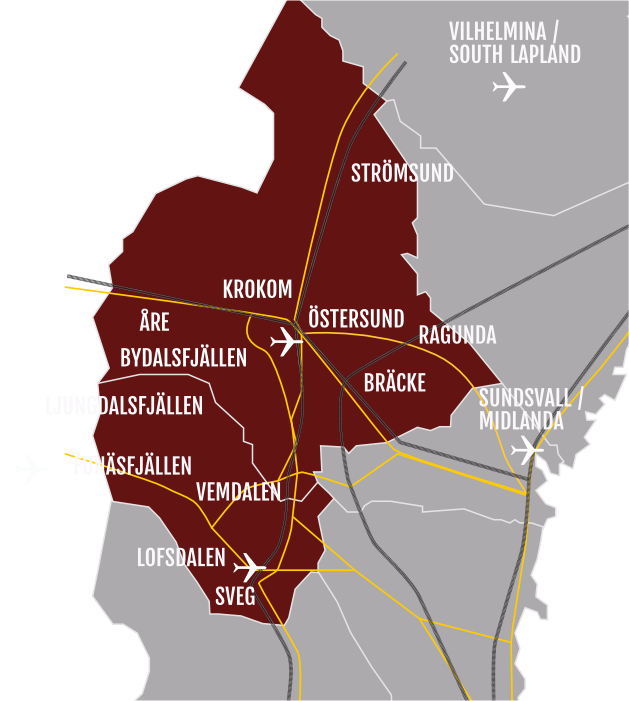
White
Guide



The way we do things
The International market
Culture and Nature hand-in-hand
A part of Saepmie
In Winter
In Summer
Gastronomy
Events
Largest Attractions
Responsibility is an essential core value in Jämtland Härjedalen
All tourism-related activities in Jämtland Härjedalen are to be characterized by responsibility as a core value with the aim of contributing to sustainable development. That is responsibility both on the part of visitors and suppliers. Our nature and culture are the foundations of the region’s tourism industry and must be handled accordingly, in balance with requirements for economic and social sustainability.
In Sweden today, very few are unaware of the fact that we all need to keep resource consumption and waste production to a minimum. To reuse, reduce, recycle and focus on energy efficiency. We are proud to say our snowmobile tours are now turning electric!
Cooperating with local stakeholders to create an attractive society is essential to us, hence the significance of tourism for regional development. Arranging events with local support and involving the local population in the development of products that benefit every level of society is one way of doing it. Developing all-year-round employment, skills development, coordinated recruitment and cooperation between companies and education providers is another. Tourism is contributing to local economy, service, infrastructure including trails, and it contributes to cultural exchange and understanding between guests and citizens. Without tourism our region would look entirely different, and it would not be possible to live in the countryside to the same extent.
To promote a responsible and sustainable development of tourism, the strategic measures of the destinations, companies and the regional developers needs to focus on the visitor’s perspective. Being a superior host and deliver high quality services exceeding expectations means focusing on hospitality training and increasing staff´s understanding of guest needs as well as keeping track of trends and future needs. Our staff also need to be good interpreters. Highlighting the value of reindeer herding and farming in the region, creating an understanding why the region looks the way it does and how we make sure the regional identity keeps dynamic, yet not lost beyond recognition.
Creating a firm financial foundation is the prerequisite for working sustainably. This in turn calls for continuous organisational development based on a long-term strategy.
Jämtland Härjedalen is rather remote and of course we are aware about effects of tourism-related transport. Therefore, we take action towards developing environmentally friendly fuels like hydrogen gas and electric flights as well as welcoming more possibilities to travel by train and environmental friendly cars. In fact there is no other region in Sweden having more electric car charging stations per person.
Photos: Sigvard Linde, Erika Ranbrandt, Niclas Vestefjell, Sandra Lee Pettersson


